Monika Kinner feels blessed to have grown up in Canada’s prairie lands, and she’s made it her mission to translate that beauty into expressive textile art.
Monika is known for her embroidered thread paintings and her hand stitched yarn paintings. Into these, she instils her sense of place, alongside personal moments of joy and discovery.
She has a passion for exploring and capturing the land and sky around her. It’s with fascination that she beholds the light and movement in the landscape.
And she studies all this with a stitcher’s eye. For Monika, grasses are threads and leaves are ribbons.
It’s with verve and dexterity that she stitches, capturing the movement of the wind as it passes through the natural grasslands. It’s with all her body’s senses that she translates the changing light of day using different thread sheens and textures. And it’s with her heart that she creates impressionistic textile art inspired by the land that she loves.

Endless inspiration
Tell us about the subject matter that most inspires you.
Monika Kinner: I was born on the Canadian Prairie, and raised outside by an artist and refugee who immigrated to Canada. I have a deep connection to, and respect for, this land that holds and supports me.
My subject matter is quite specific to the Meewasin River Valley. Meewasin is Cree for ‘it is beautiful’. The Meewasin is an area of stewarded land over 100km (62 miles) long, encompassing both sides of the South Saskatchewan River, part of which runs through the city of Saskatoon in which I live.
This river system is a major migration route for North American birds, and the land contains some of the last remaining unbroken Prairie which are home to precious flora and fauna. The location offers four distinct seasons, beautiful open sunsets and sunrises, and year round views of aurora borealis and the moon.
I feel incredibly fortunate to have all of this so close at hand. Honestly, I do not bother to travel far at all – the inspiration here is endless.
“I’m a self-taught, land-based Prairie artist, who, like my mother before me, chose to create a career and support my family by doing what I love.”
Monika Kinner, Textile artist
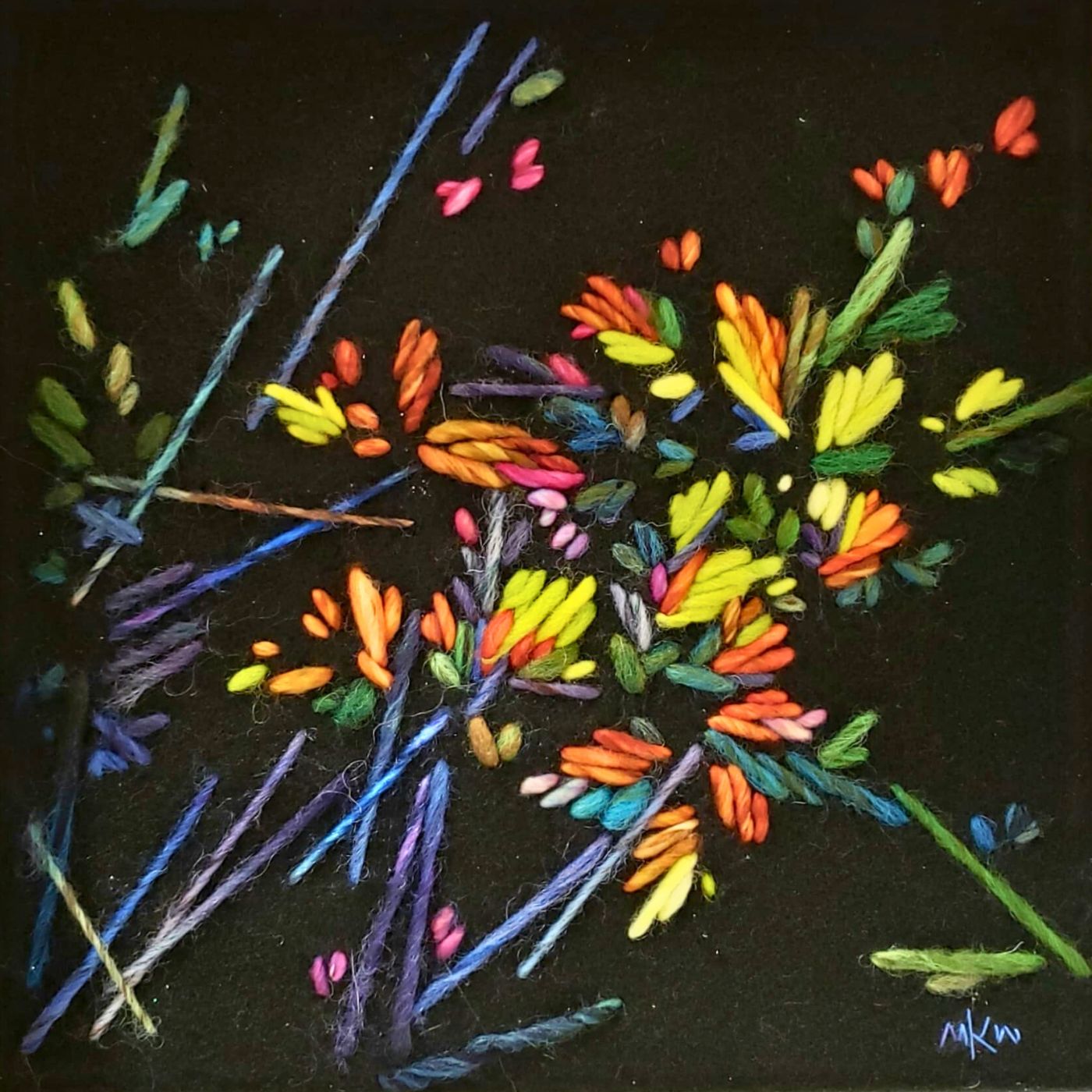
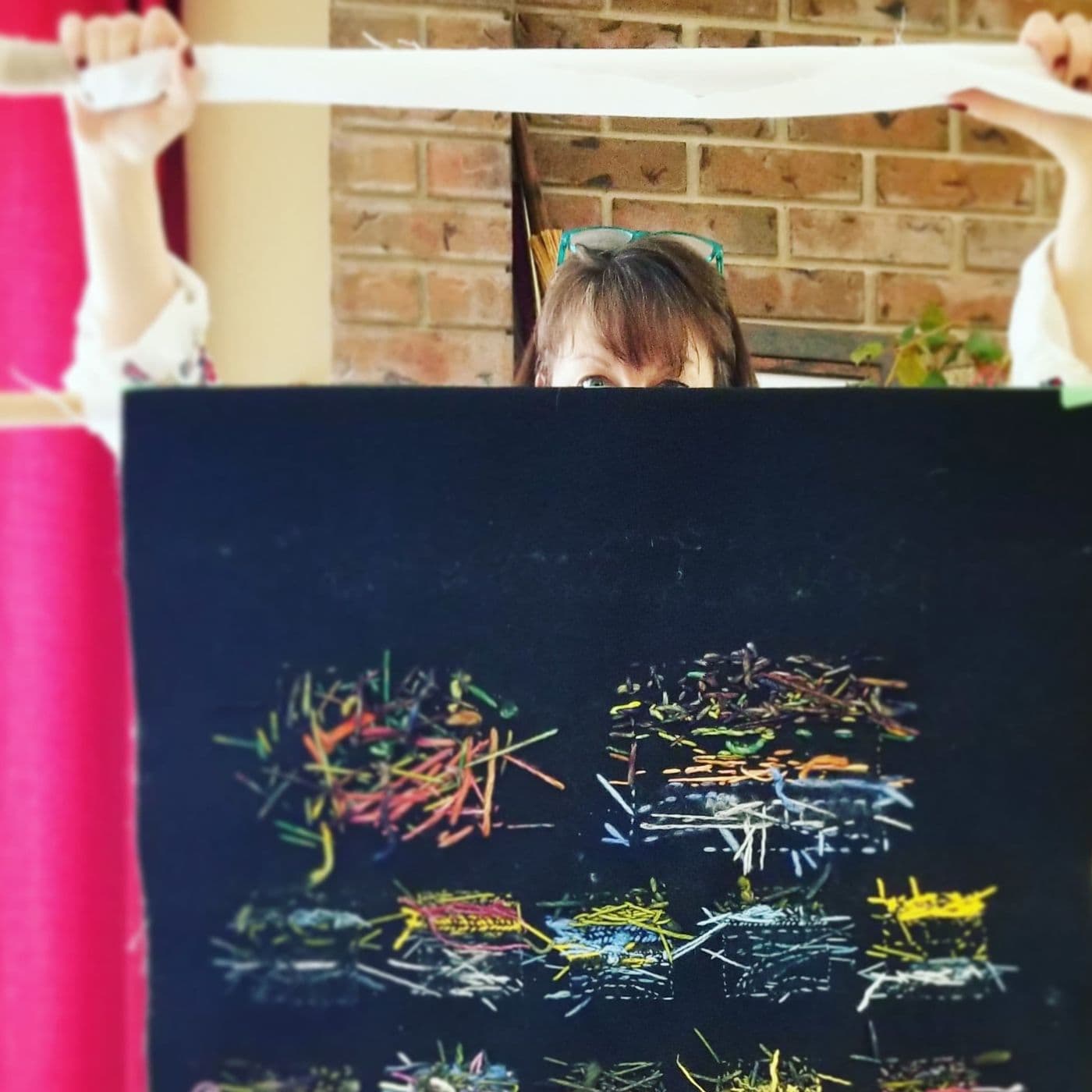
From photos to drawing
How do you develop your textile art? Tell us a bit about your process.
I begin with my camera. I take a lot of photos – perhaps too many. I feel so inspired whenever I’m outside.
Beauty is everywhere.
It can be a walk past an overgrown lot, or a stroll by the river. It can be one little bud on the branch of a tree or the way the morning light comes in the window.
At times, I will jump right in and start stitching. Other times I will play around with the photos. I’ll view and review, working with various cropped versions to see what new compositions can be discovered in a single photo. I can always find plenty of inspiration in one photograph.
Once I have a collection of ‘winners’, I will often compile them into a folder. From there, I’ll sit down and create preliminary sketches from them.
“I practise drawing out the shapes to really get to know them before I begin stitching.”
Monika Kinner, Textile artist
I find the most fantastic media to be coloured pencils or oil pastels on black paper. They pop with colour and always excite, often resulting in more vivid memories and patterns than the original image offered.
These drawings give me terrific subject matter to stitch from. In fact, I often file away the original photos and only work from the drawings. They serve as the patterns. Sometimes, they are so fresh and fun that I feel that no one needs to see the original.
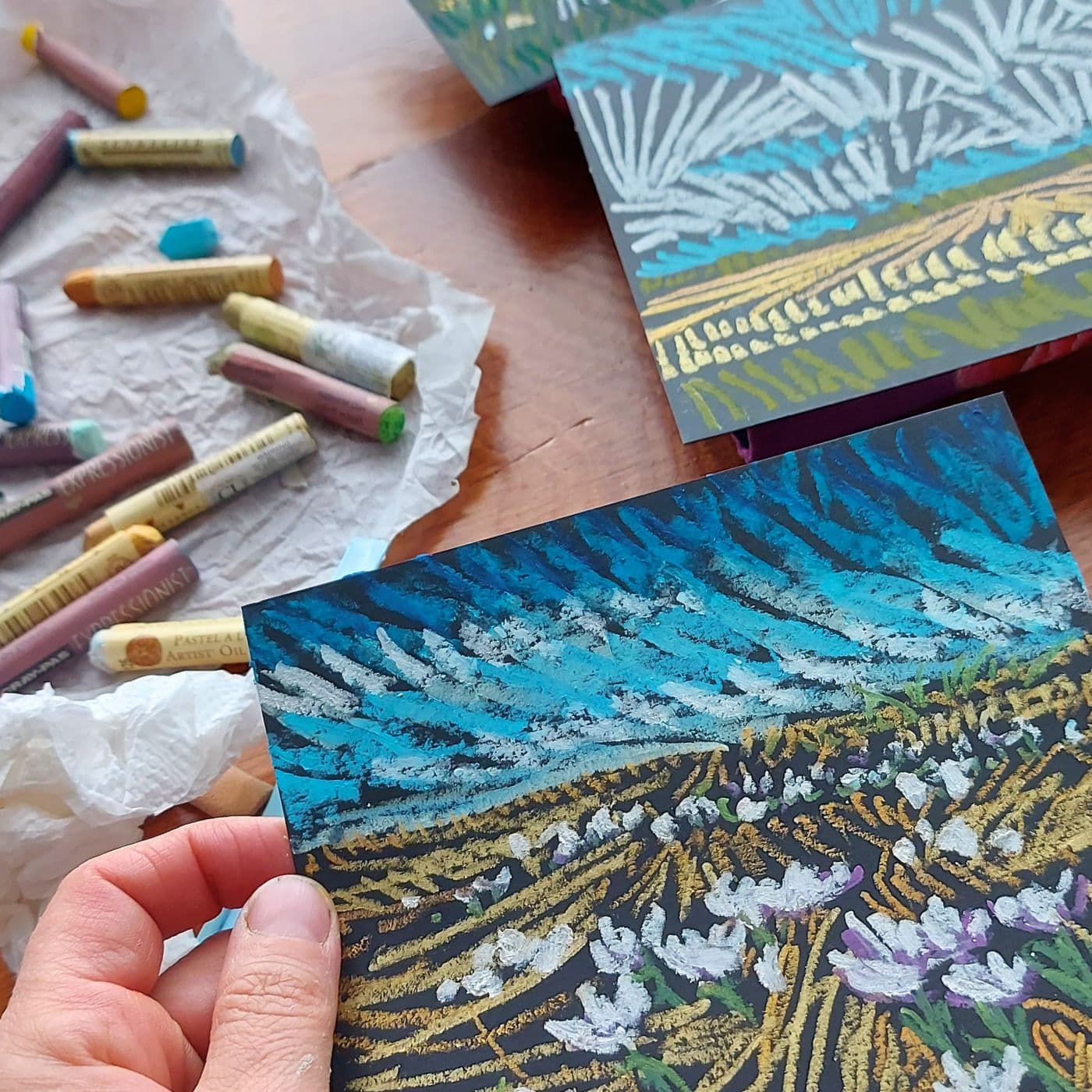
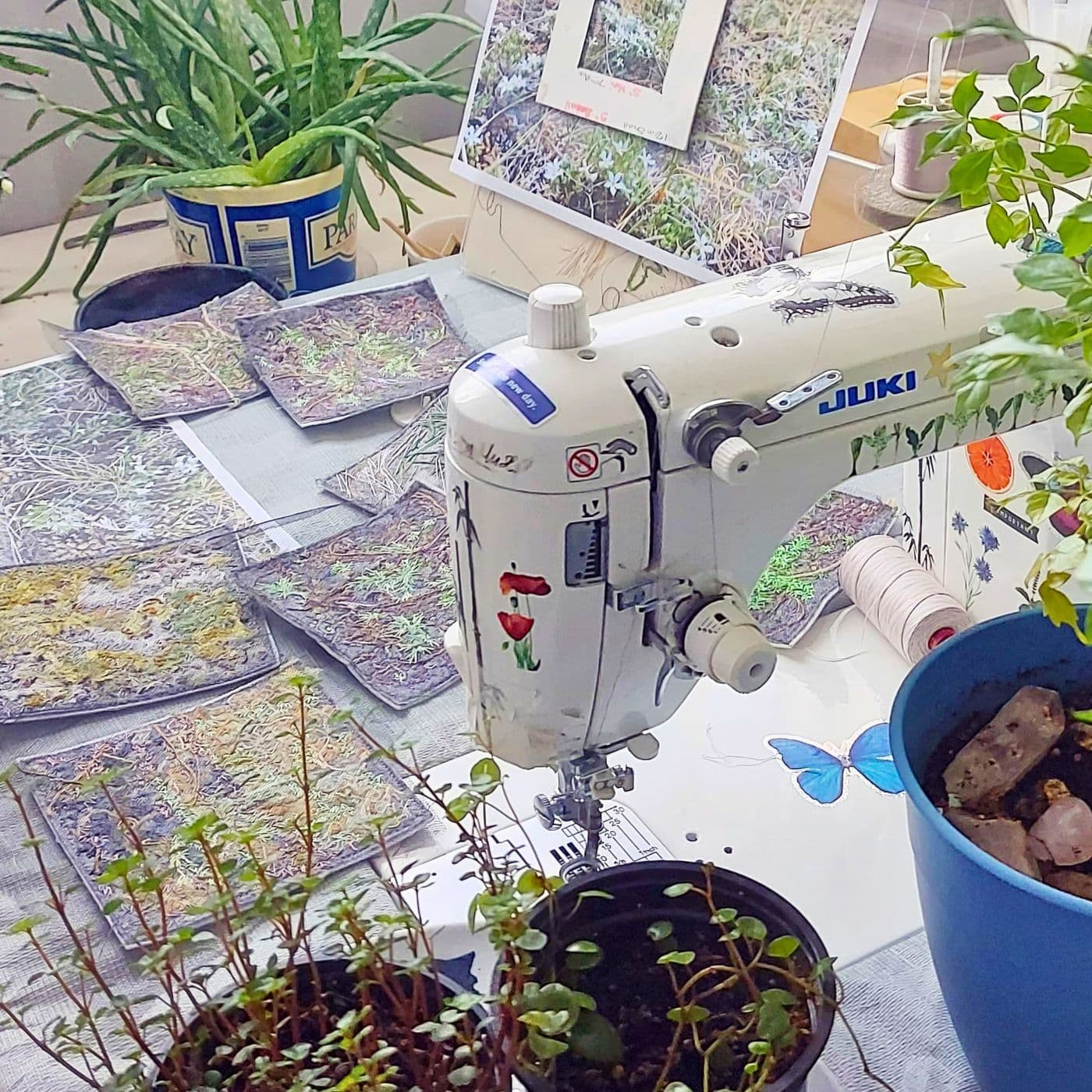
Painting with threads
When I create my thread paintings, I begin by selecting background fabrics: usually one for the sky and one or two for the land. Then I stitch, using free-motion machine embroidery with my straight stitch, non-computerized, mid-arm, high-shank Juki sewing machine. I manually move the cloth under the needle in order to create my own stitches.
I’m able to situate my machine sideways and have a perfect view of my work as I stitch. I turn my work sideways too to manually zig and zag my straight stitches.
I’ll change threads often, like a painter dips the brush into a new colour, to achieve the look I need. I stitch directionally, emulating fine brush strokes or pencil lines with my thread.
When it comes to stitching the foregrounds for these pieces, hand stitching wins. I feel that some things simply can’t be emulated with the mechanical sewing machine.
As I fill a space with tiny hand stitches, it’s as if a timelapse of plant growth springs forth from my needle. This process brings me neverending joy. It’s like I’m holding a piece of my beloved prairie in my hands.
“The tactile nature of the fibres brings the prairie flora to life.”
Monika Kinner, Textile artist
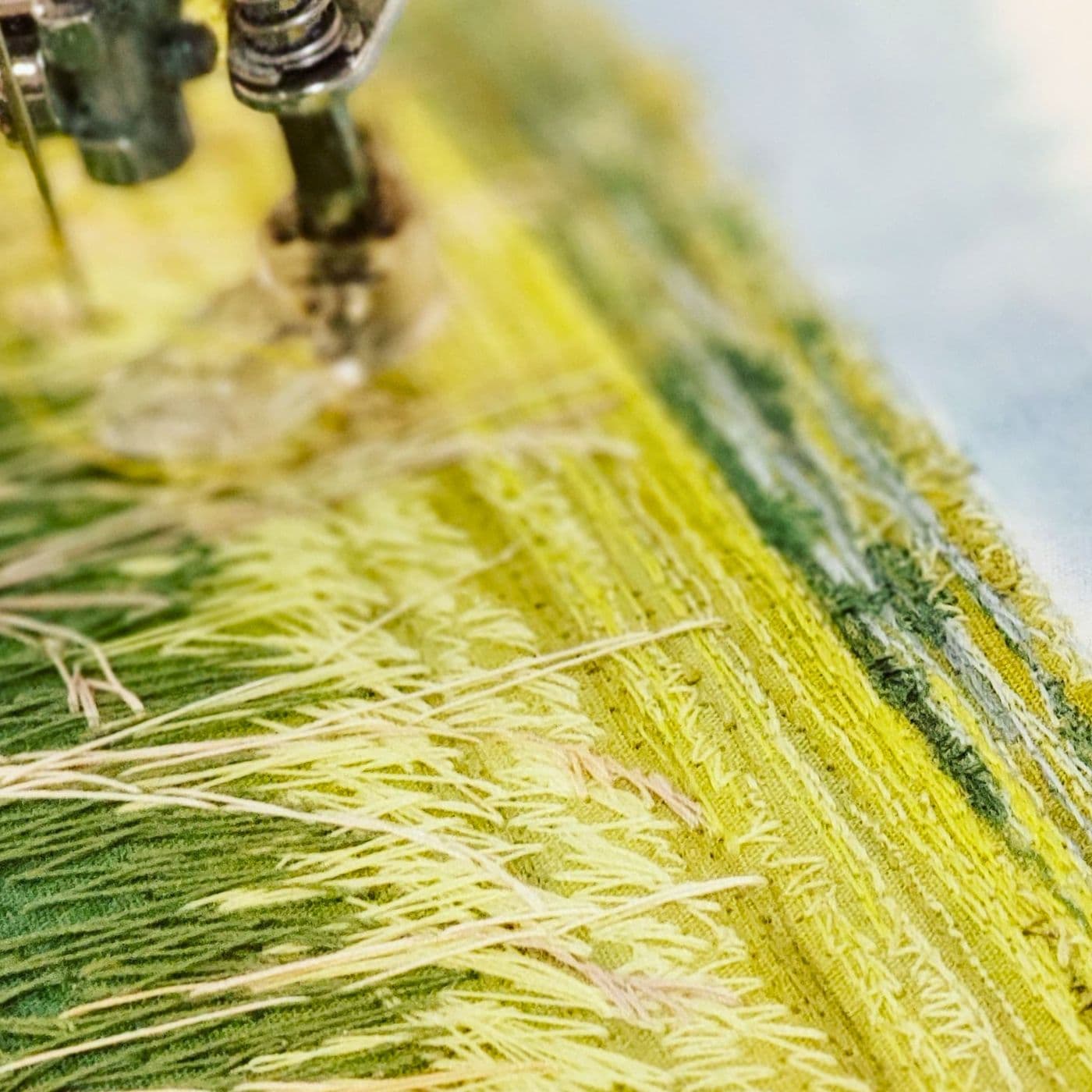
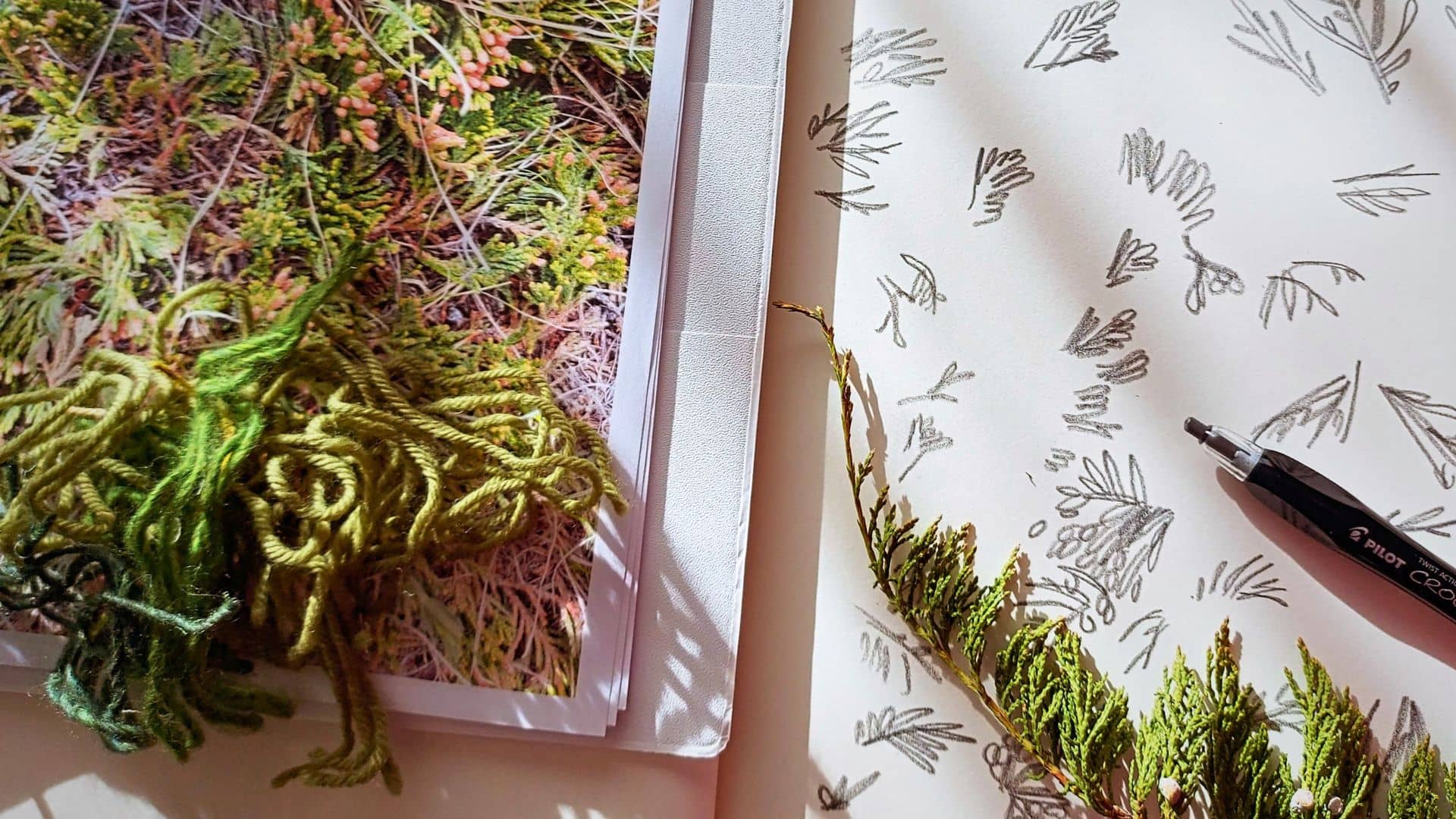
Tactile yarn stitching
My yarn embroideries are entirely hand stitched onto felt canvas.
For me, these deeply personal, impressionistic displays of the prairie have a more intimate feel.
I create them in a painterly manner using variegated hand dyed yarns from around the world. Each stitch appears like a brushstroke of blended paint, and I build the scenes with thousands of straight stitches of varying lengths, covering the entire background.
I frame my thread paintings under glass with double or floating mount boards in the same way traditional embroidery is preserved and displayed. My yarn embroideries are more tactile and so I frame those without glass.
The art of choosing threads
What fabrics and threads do you use in your work?
For thread paintings, I use any regular weight thread. I’m looking for the right colour and I’m not fussy about brands. If Sulky doesn’t have it, Gütermann might. If King Tut doesn’t, Wonderfil may.
A perfect canola yellow was made by Trident but I can’t find it anymore. The fibre, whether polyester, cotton or a blend, doesn’t matter to me – they tend to appear the same to the eye. And once they’re made into art, they aren’t going to be washed and worn so anything goes.
If I’m wanting a sheen, then I’ll use rayon or a sparkly holographic thread. It really depends on what I’m stitching.
My bobbin thread is always 80 weight poly Decobob by Wonderfil. When I stitch, this bobbin thread doesn’t show. It is invisible and because it’s so fine, it creates no bulk on the backside. This is very helpful when mounting my work. Finally, because of the fine thread, it holds an incredible amount on the bobbin, so I can sew for a long time before running out.
When I work with yarns it can be any type of yarn – wool (alpaca, bison, merino), silk, linen/flax, poly, cotton or tencel. I may add beads or threads for interest or detail. Generally, I prefer yarns that are worsted and not cotton, because they have some give to them.
Hand dyed or hand painted yarns are just gorgeous. If you’d like me to name-drop, I’d say Noro and Malabrigo yarns are my favourites. And I’ll advocate for handmade – shop local first. I prefer to use brick-and-mortar shops or order online directly from yarn sellers. I do not use Amazon.
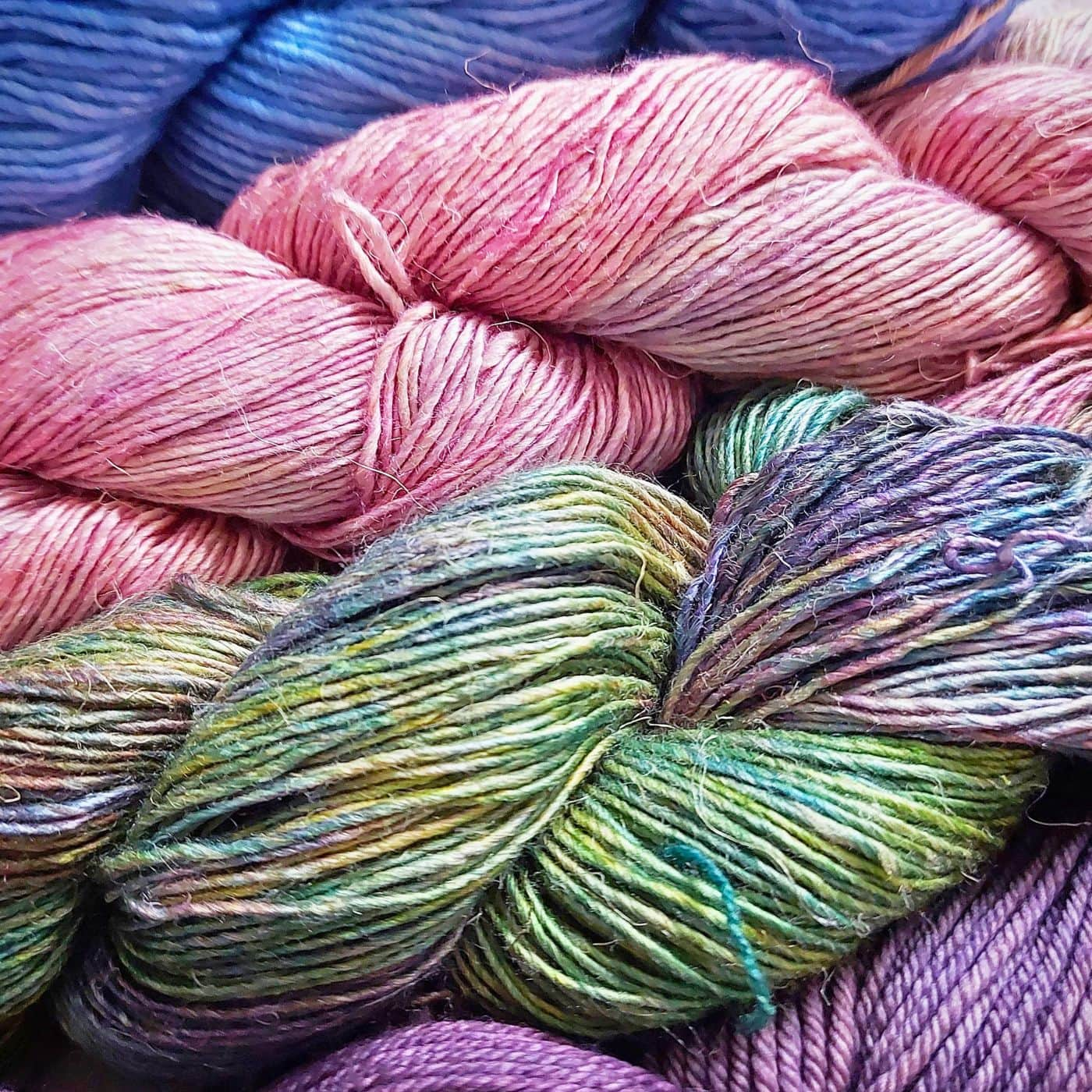
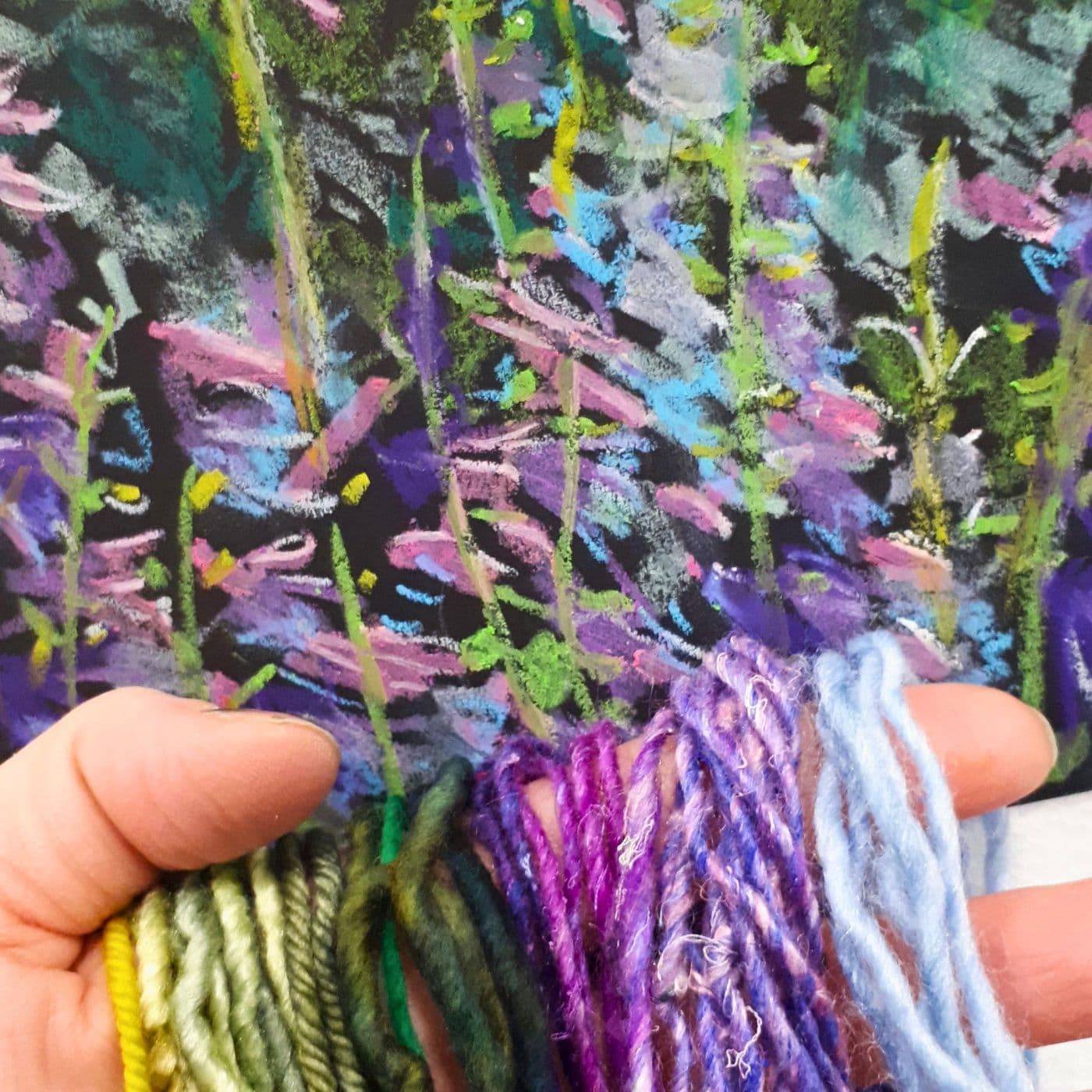
Importance of colour
Do you have a preferred colour palette? Why do these colours attract you?
That’s a great question – no one ever asks me that. Thank you! I love green, orange, yellow and a bit of purple.
I adore chartreuse. My children called it ‘ugly green’ when they were little. I call it ‘electric lettuce green’. It’s a green that is so close to the sun.
I learned that the word ‘inspire’ means to fill with breath or draw air in. That is exactly what seeing chartreuse green does for me. I also love the way greens can turn into orange, and how purples can turn into orange as well. That might not make any sense unless you’ve painted a lot of landscapes.
Isn’t it odd that I don’t really use red in my art?
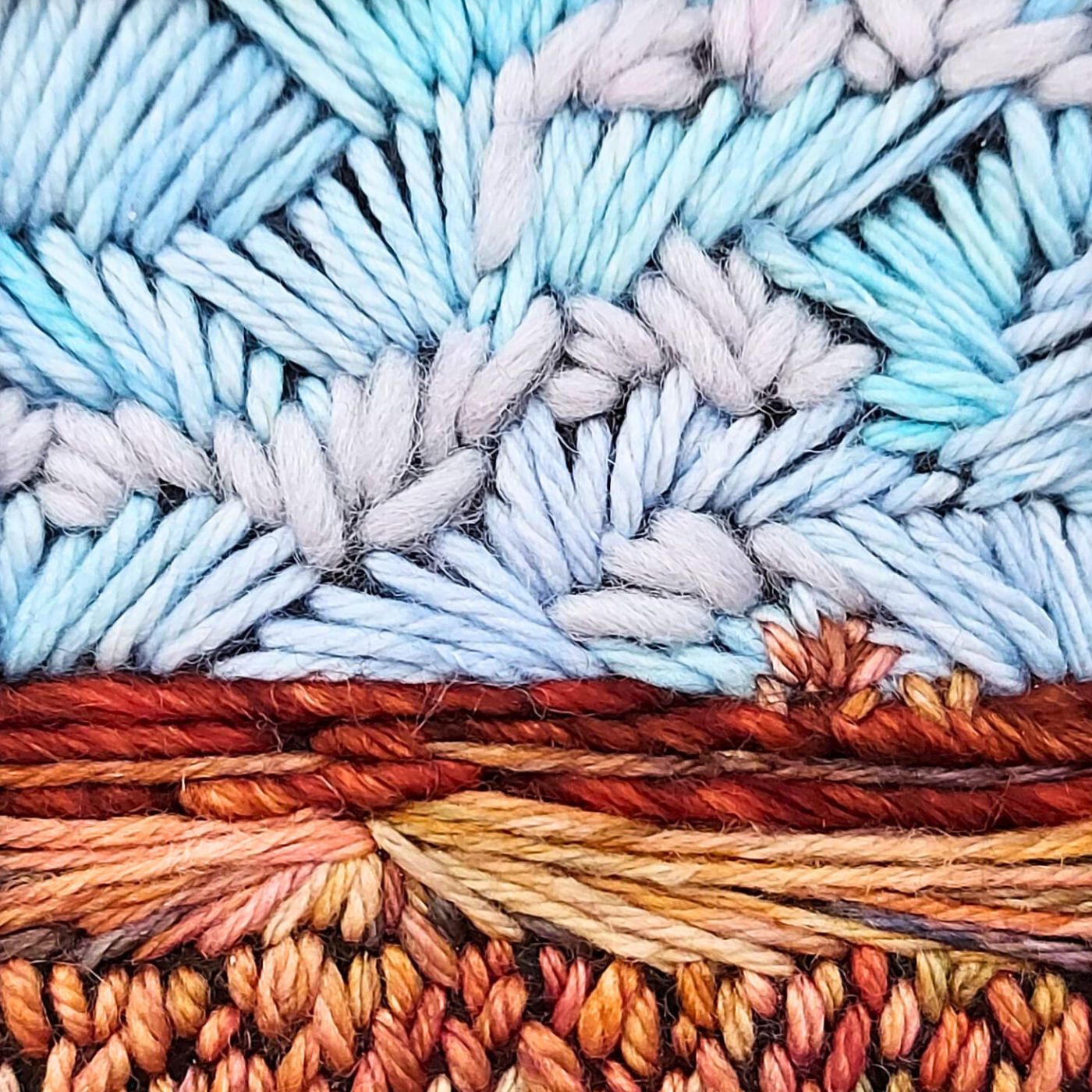
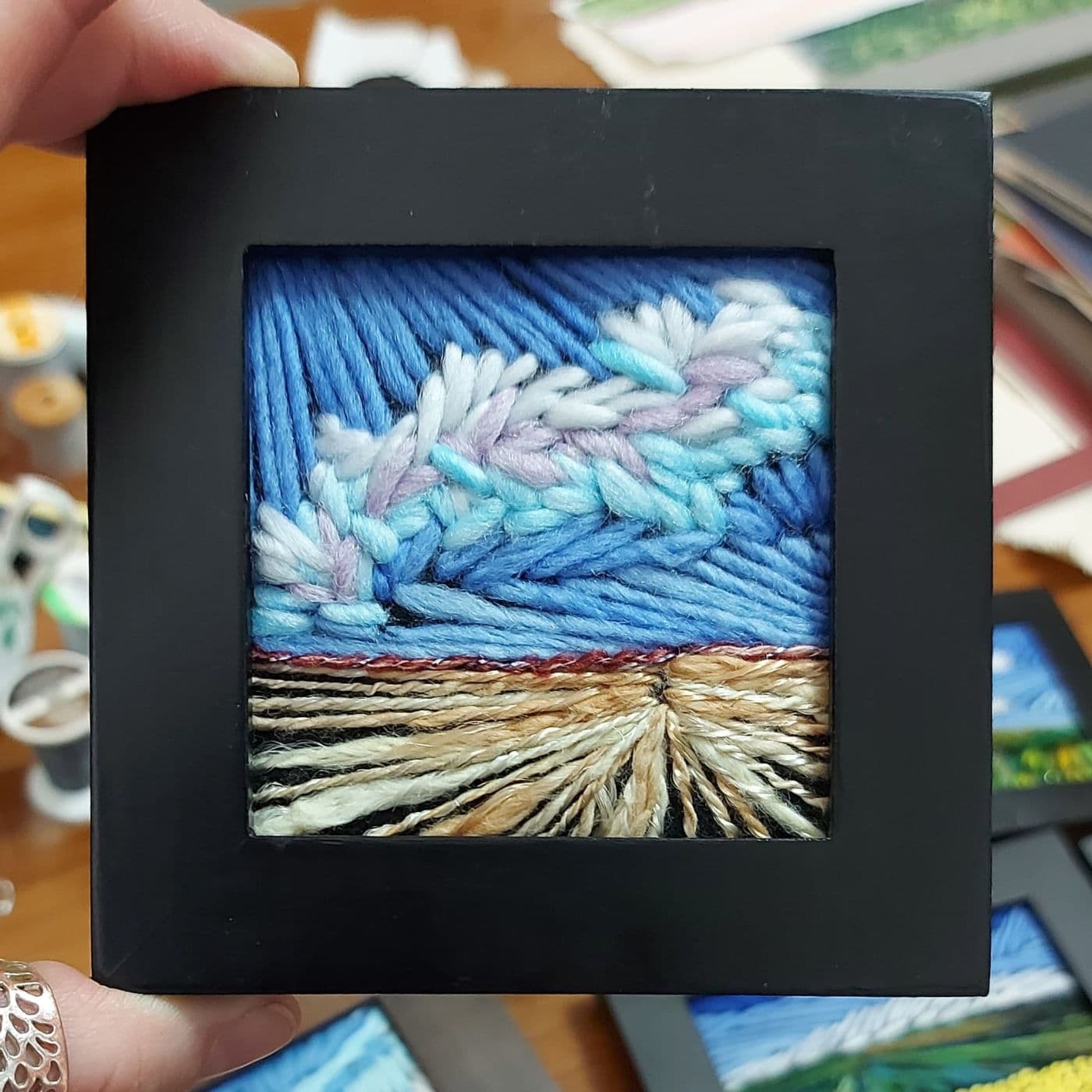
Becoming impressionistic
What’s been your biggest challenge in creating your art?
I started my impressionistic technique during a period of work that was created through a provincial arts board grant. It was earlier in my career when I was feeling really stuck as a thread painter. My art looked just like a picture of the prairie but I wanted more emotion in it. I found that by using a black background and colourful yarns I could achieve that emotion.
My other challenge has been figuring out how to work big and still hold my style. My smallest works seem to be the most endearing. I’m still working on this…
“Becoming more impressionistic was the hardest thing ever – it finally happened when I began sketching on black paper and stitching with yarn.”
Monika Kinner, Textile artist
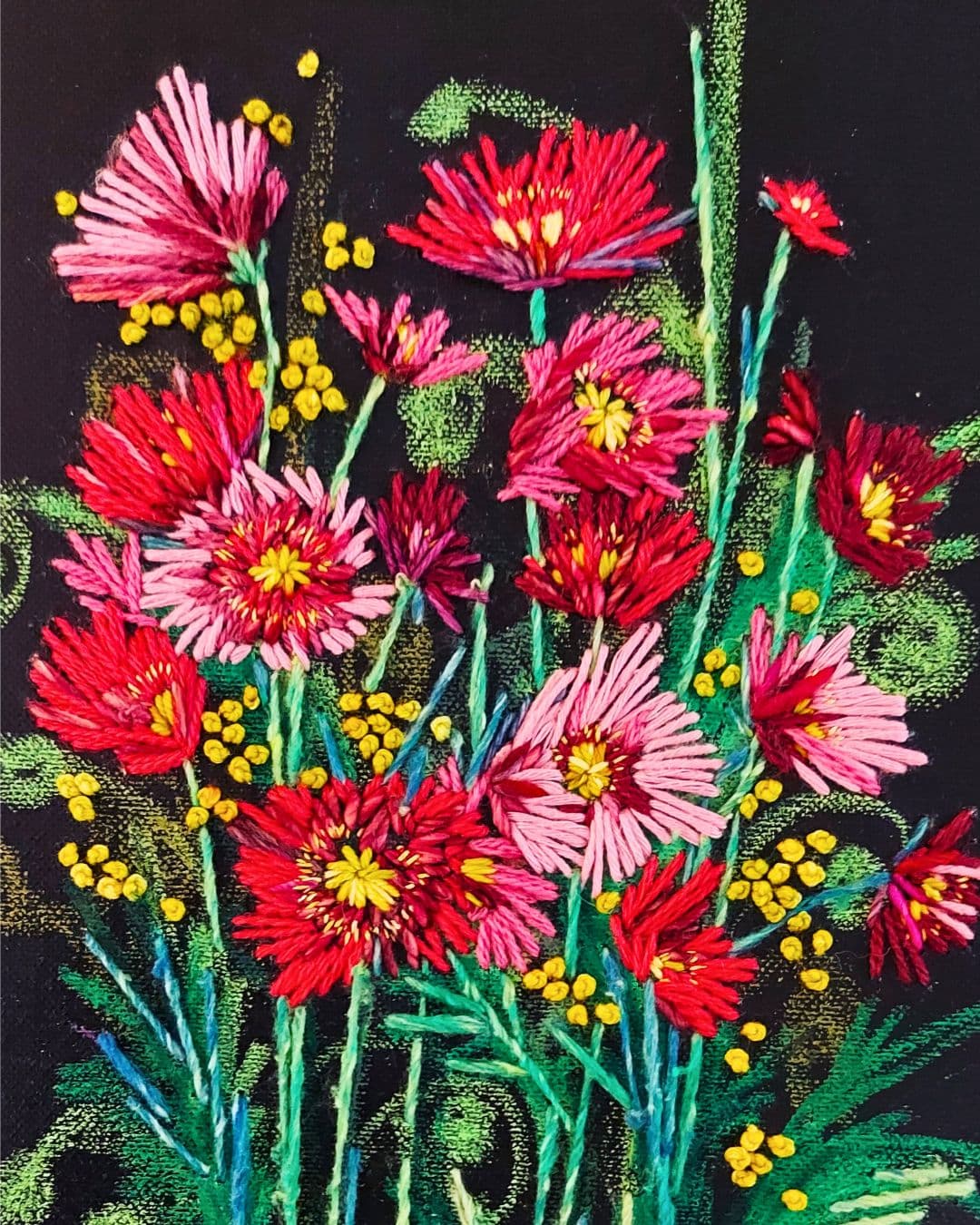
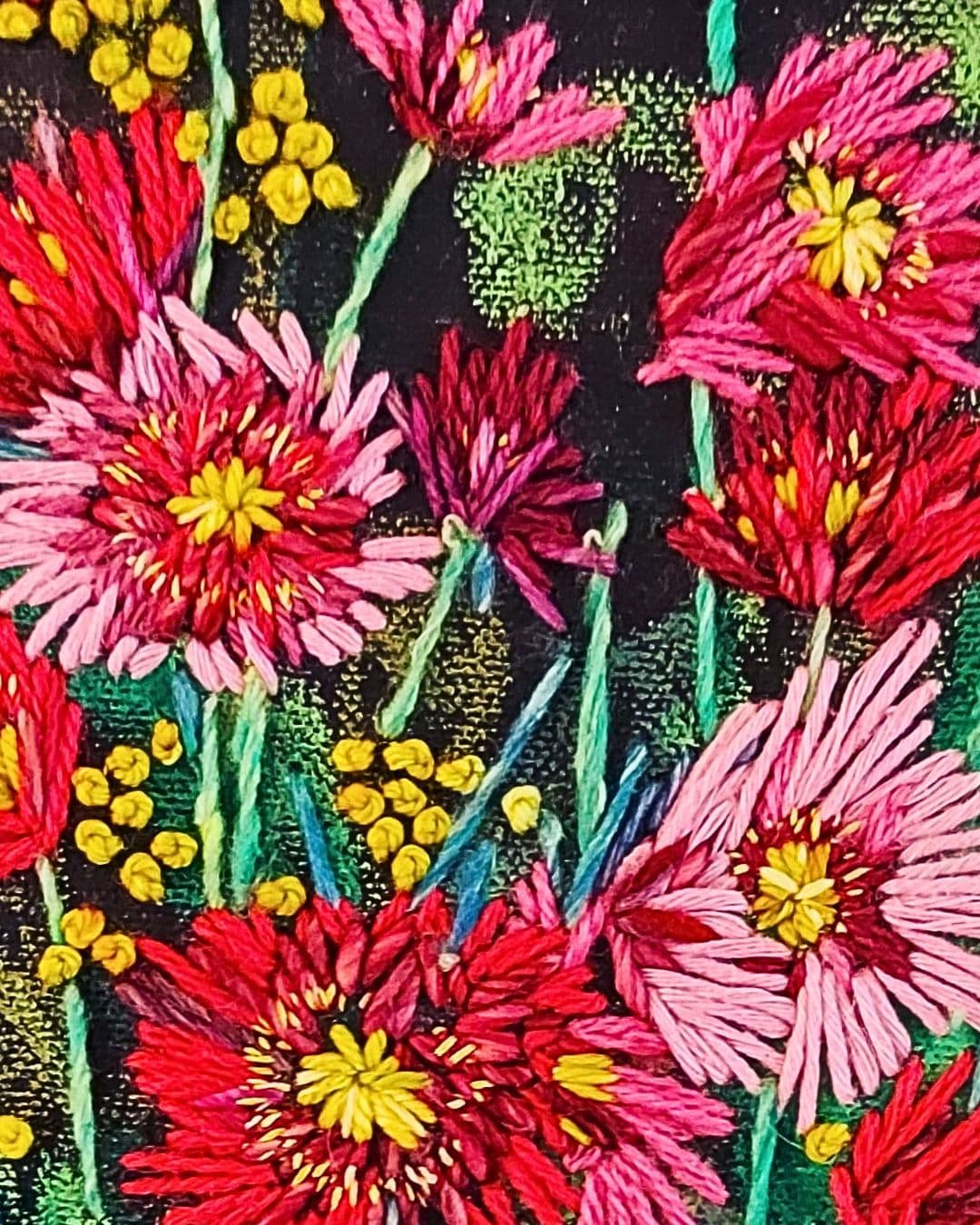
A natural childhood
What or who were your early influences?
My mother has everything to do with who I am and how I see the world. I grew up outside (back in the day when there was nothing to do in the house) between living on an acreage and a cabin at a lake. I watched the weather, the land, the seasons, the sun and the cycles of life – I lived it.
I didn’t grow up with anyone who could teach me about stitching. My play time was spent drawing. Our neighbours were art gallery owners. My mom worked en plein air (painting outdoors) and was absolutely spellbound by her surroundings.
I began quilting once I became a mother in my mid 30s. And I actually discovered textile art at the age of 40 after joining a quilt guild. Finally, I’d found my medium!
I’d never heard of textile art before. I’d taken art courses, but no one had ever used thread or fabric in any of them.
I’m purely self taught. And as soon as I began my textile art practice, I was pushed – encouraged – to teach. At this time, I really didn’t have time to think. I was teaching as fast as I was learning. Generally, I would say I’m an artist who uses thread and yarn as a medium. I’m not an embroiderer or quilter who makes art.
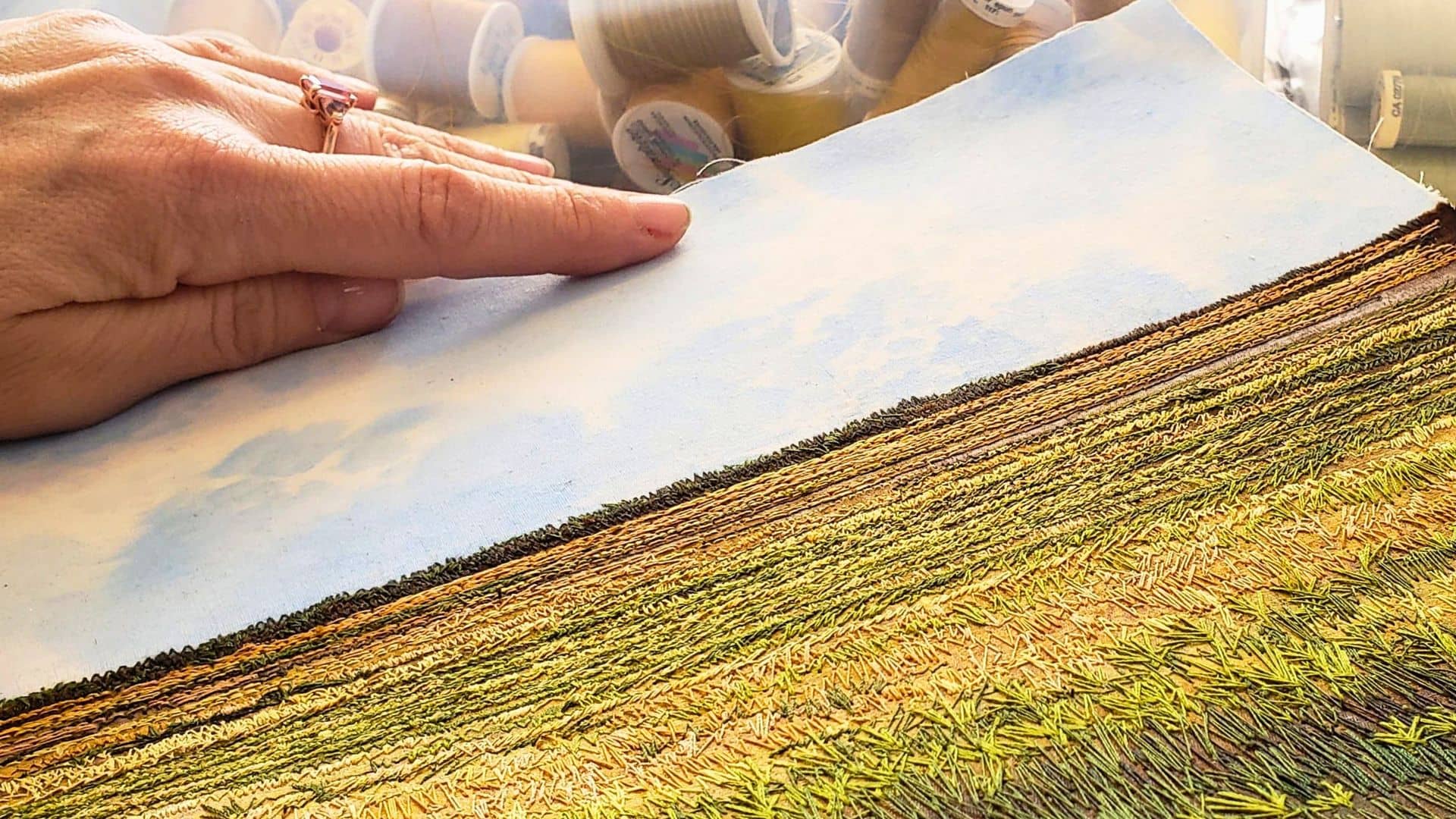
Recognising textiles as art
Tell us about a piece of your work that holds particularly fond memories…
The first time I had a piece juried in a regular art show alongside painters, I won first place.
It was a struggle to enter because they told me that my work didn’t belong there. I responded that it was a framed, matted and mounted landscape and so therefore it was art. It got accepted.
Today, we’re fortunate to enjoy – more and more – the recognition of textiles as art in our country.
Top tips
Do you have any tips for makers?
One pro tip I can offer is to consider the fact that yarns have different light reflecting qualities. The exact same colour in silk will shine and reflect light, whereas wool will absorb light.
For instance, if you’re stitching a dark pink background, you may want to choose wool over silk. If the same dark pink is in a feature element like flowers, then silk would be a perfect way to bring that colour forward out of the background because of the way light bounces off of it.
I’d also encourage readers not to give up on a poor quality photo. Source photos can be played with. So often, we snap a photo and then look at it later and are surprised it didn’t turn out the way we thought.
My advice is to put back into it what you remember. Turn up the contrast. Play with the light and dark. Straighten it. Add warmth. Add coolness. Crop it. Highlight it. Save as a copy. Go back to the original image and play with it some more.
“You took the photo for a reason – get that spark back by playing with the source image.”
Monika Kinner, Textile artist
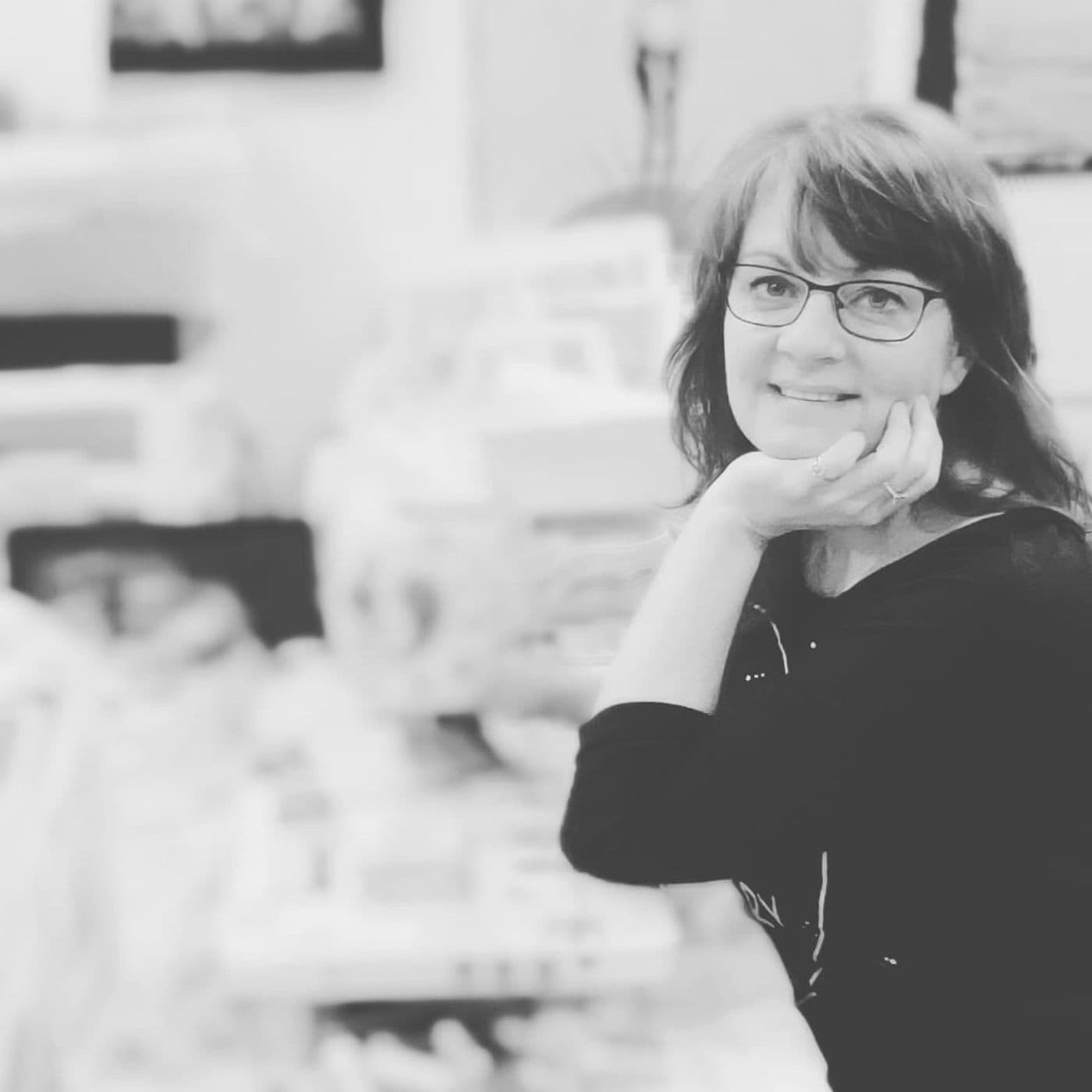
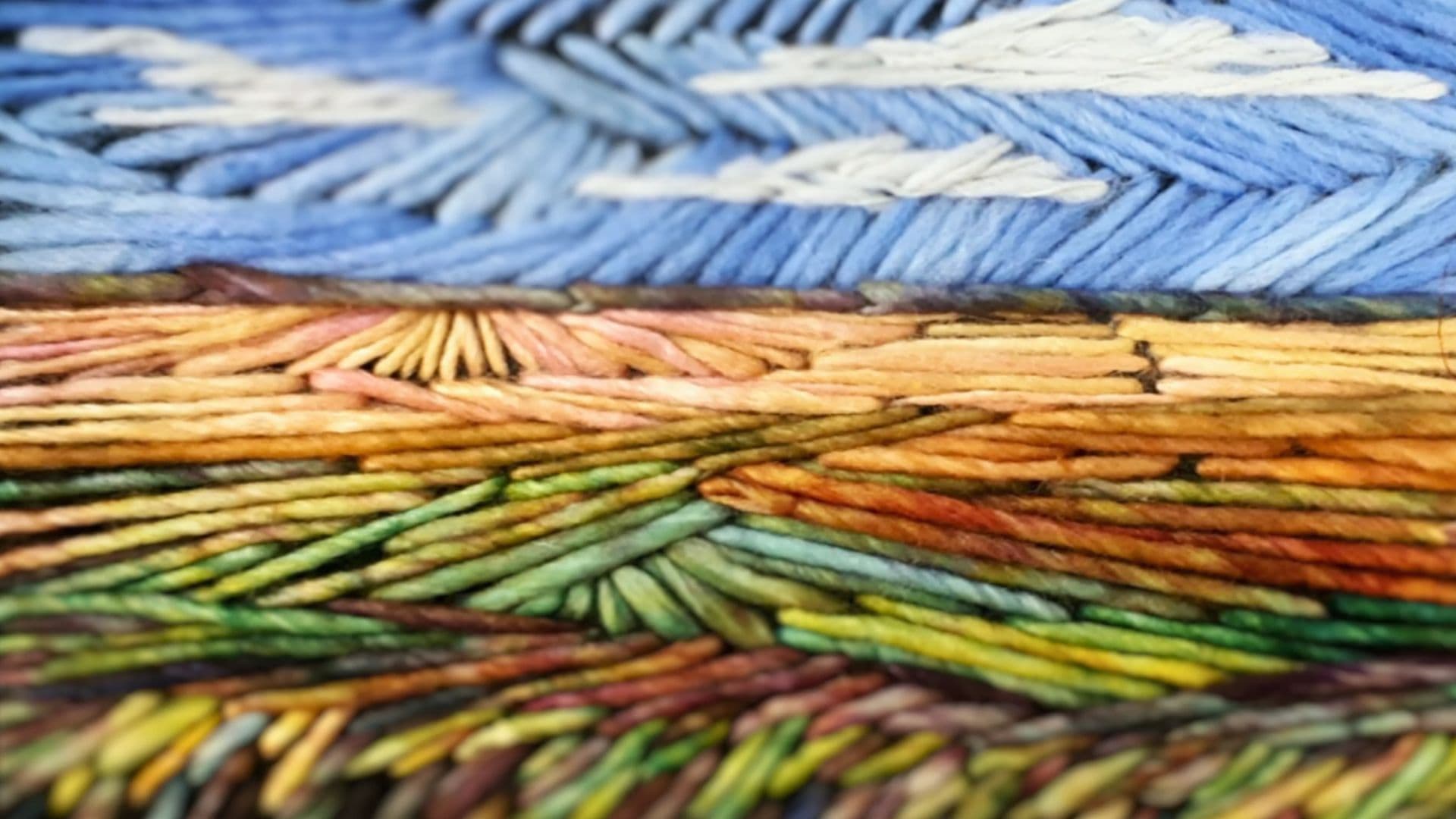
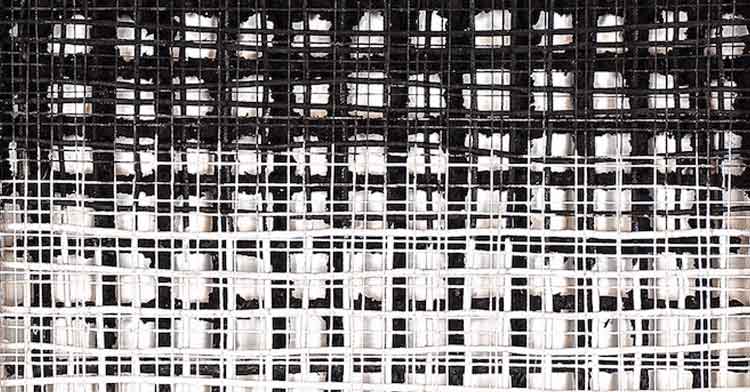
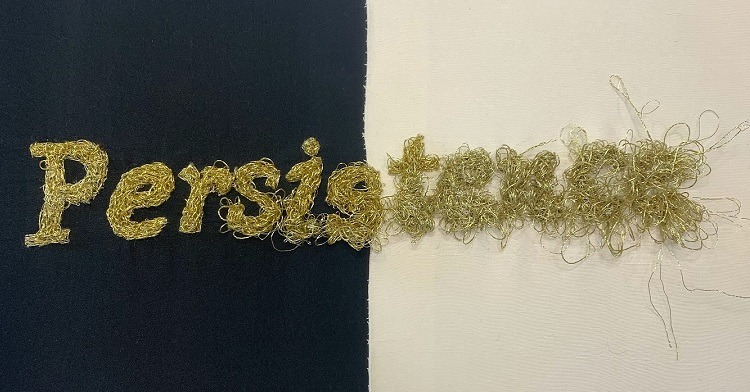
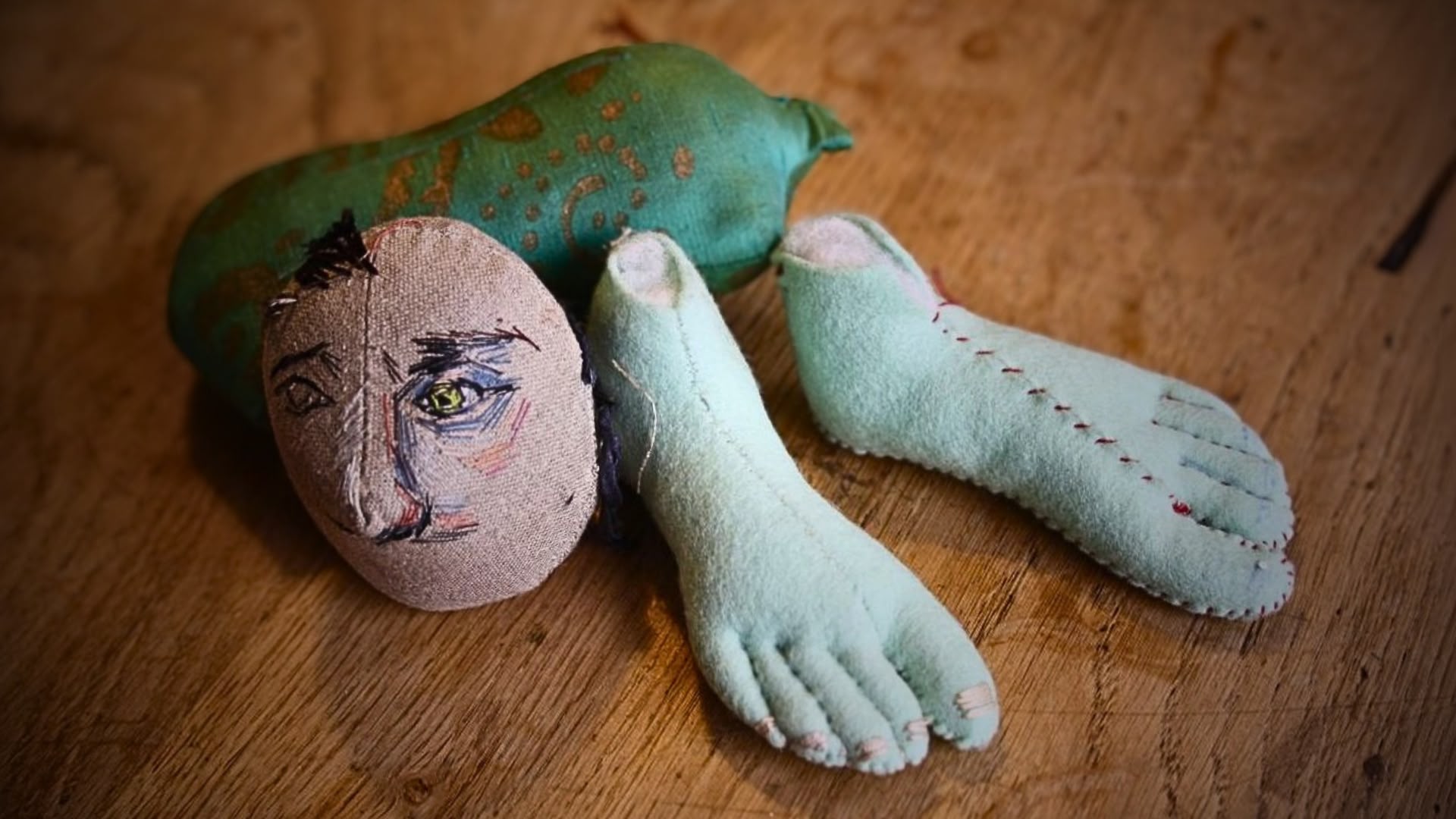
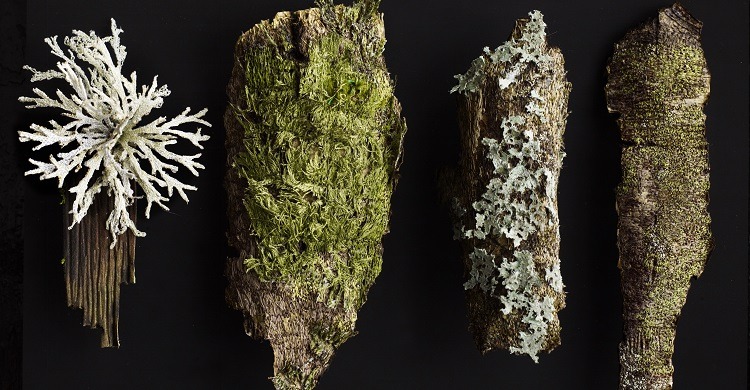
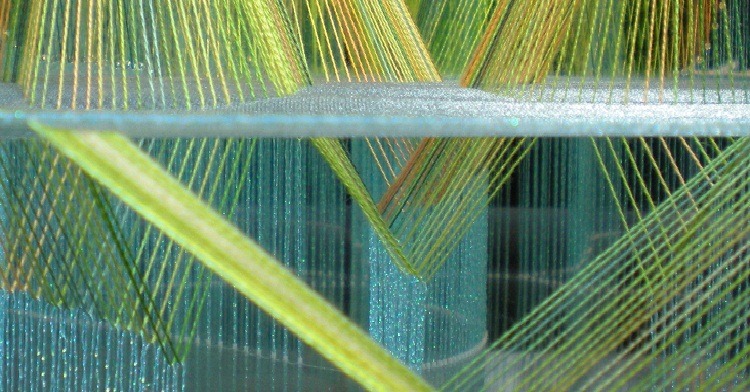
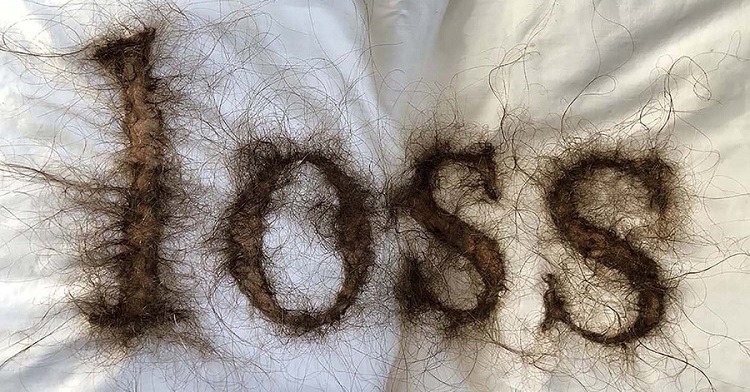
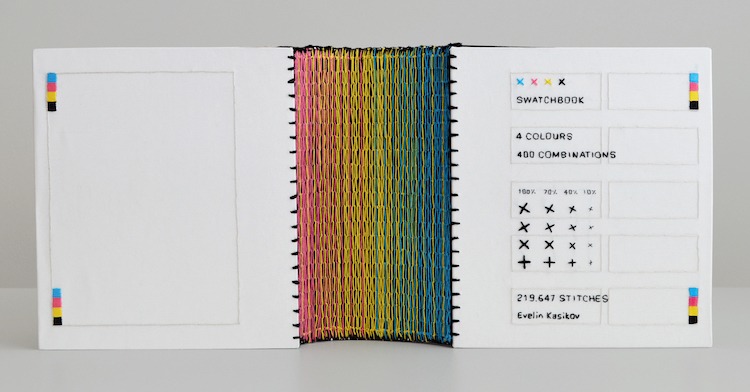
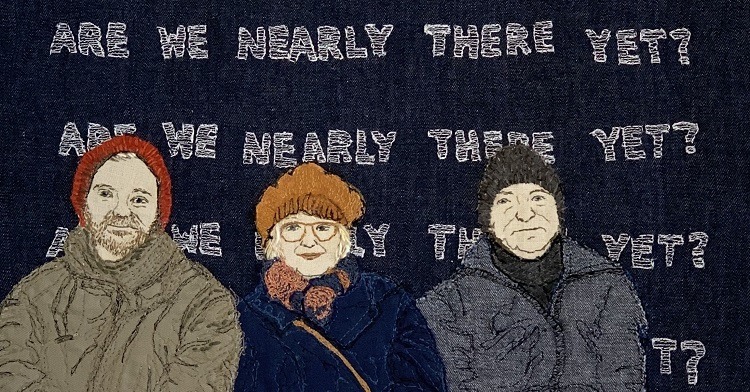
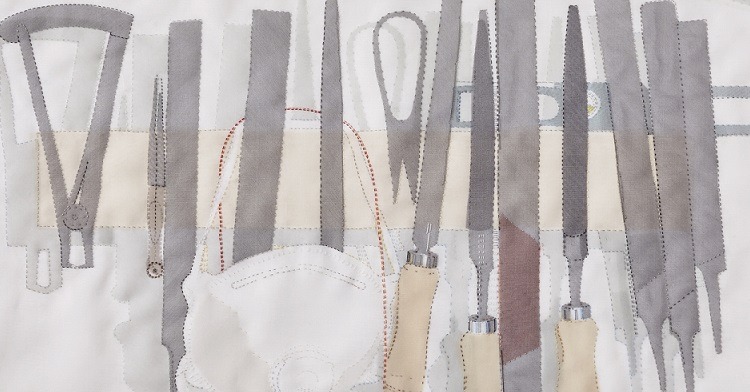
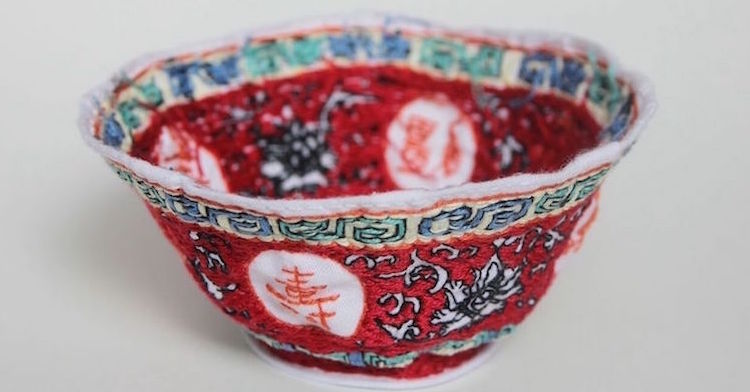
6 comments
Lin
Many thanks for featuring Monika – I have loved her work for many years and treasure two small pieces of hers.
Monika Kinner
Hello Lin! How did we meet? Trading stitched postcards, I believe? Thank you for saying hello! : )
Sharron Deacon Begg
I’ve known Monika Kinner via our old blog pages and have watched her grow into the wonderful artist and woman that she is. Congrats Monika.
Monika Kinner
Awe, likewise! I still have your beautiful ink Evergreen proudly displayed. Thank you Sharron 😊
Lotte Starck
In Monika’s Art, I find an immense palette in both colour, style, material and motive! What a great gifted world of fantasia – and thanks so much for showing and share!
Monika Kinner
Lotte, thank you so much for the lovely comment! How delightful!